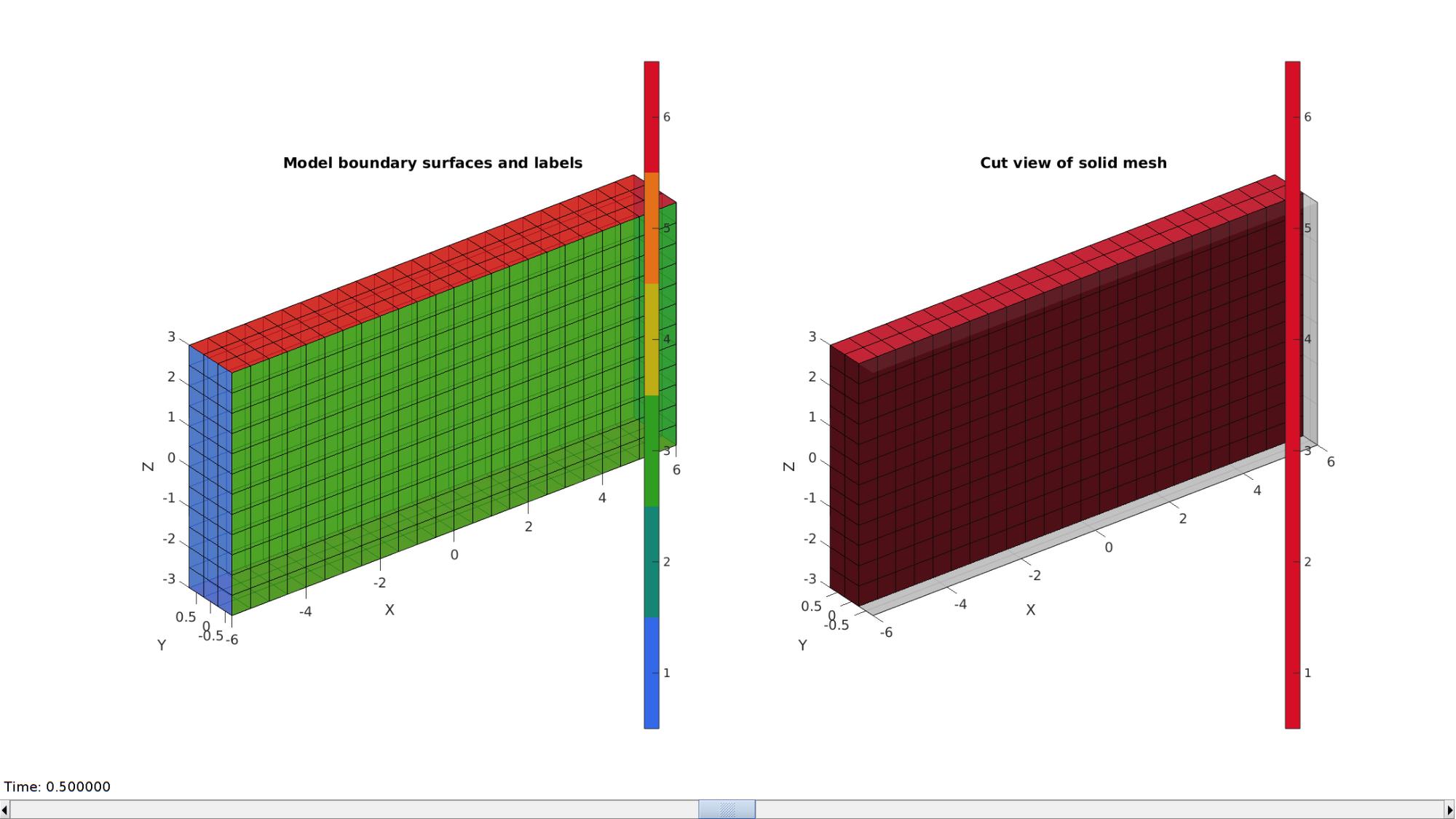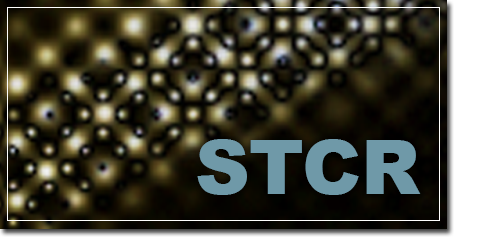

Shadows can be enabled by selecting the corresponding button on the toolbar. This has only an effect when shadows are enabled. Cast Shadows - allows the material to cast shadows on other materials.Show Mesh - if checked, the mesh lines will be drawn on top of the model.Slide the bar to change the transparency value. Transparency - sets the transparency value for the material.Slide the slide bar to change the shininess value. Shininess - sets the shininess value for the material.Click the colored button next to it to change the mesh color. Mesh Color - sets the mesh color for the material.Click the colored button next to it to change the emission color. Emission - sets the emission color for the material.Click the colored button next to it to change the specular color. Specular - sets the specular color for the material.
Febio postview update#
Closing the Color Selector will automatically update the color in the Graphics view.

By clicking on the colored button, the Color Selector dialog is opened and the color can be changed. Color - sets the color of the material.To employ a finite element (FE) stress model to simulate laser in situ keratomileusis (LASIK) surgery and its biomechanical consequences.When a material is selected, the property window on the bottom of the material viewer, lists the available properties that the user can change. The basic geometrical model we used for the cornea was patient-specific on which we manually incorporated seven simulations: three simulations evaluating the effect of a 120, 140 and 180 μm flap (without ablation) three simulations evaluating ablation depths of 40, 80 and 120 μm (with a 120 μm flap) and one control model, without any simulated surgical intervention. In all simulations, stress values were greatest in the centre of the cornea. Furthermore, when comparing the different treatments, stress values were highest in the cornea with the deepest ablation, and were lowest in the non-treated cornea. Specifically, peak effective stresses were 0.031, 0.028 and 0.025 MPa in 120, 80 and 40 µm ablation depths, respectively.
Febio postview software#
In our model, the depth of tissue penetration using ablation or flap creation was correlated with tissue loads-the thinner the residual stromal bed is, the greater are the stresses occurring as a result of the same IOP. the pre- and postprocessing software PREVIEW and POSTVIEW, FEBio provides a tailored solution for research and development in computational biomechanics. Prior to FEBio Studio, users used the PreView software to setup FEBio models and PostView for visualization and analysis. We based our model geometry on patient specific scans, allowing for customisation of the treatment to the patient’s corneal structure. FEBio Studio also provides access to an online model repository, which offers example models, models used in the FEBio Studio Webinars, and models shared by the FEBio community. Post-laser-assisted in situ keratomileusis (LASIK) ectasia, in which the cornea progressively becomes weaker after the surgery, is a major concern in refractive surgery as it degrades the vision and can severely affect the visual prognosis. Therefore, a large portion of preoperative screening is focused on detecting refractive surgery candidates that may be at high risk for this complication. Post LASIK ectasia is defined as a reduction in biomechanical integrity to below the threshold required to maintain corneal shape and curvature.


 0 kommentar(er)
0 kommentar(er)
